PeterL
TPF Noob!
Hello, I'm new here.
I am trying to figure out the best way to photograph a collection of architectural drawings that I own. I have several thousand pages of important Los Angeles historic plans that I want to make archive copies of.
I know about scanback devices (such as BetterLight) but with them starting at 6K they are way out of my price range so I'm looking for the best solution to using a digital camera.
These drawings vary in size but they average about 24" wide by 36" long. They are all black pencil on white paper so color isn't much of a factor. Close-up detail is important though.
I will eventually donate these to a university but want some very high-quality copies for myself first.
I've had a few pages copied by reprographic shops but they charge high prices and I have thousands of pages.
One idea I've read is to use a large-format analog camera and then scan the resulting negative.
Another idea is to take photos of sections of each large page and stitch them together using software. Given the volume I have though, I think I'd be at-it for the rest of my life, unless there is a way to automate that.
I'd appreciate any suggestions on how best to do this by camera, scanner, etc. Thanks!
I am trying to figure out the best way to photograph a collection of architectural drawings that I own. I have several thousand pages of important Los Angeles historic plans that I want to make archive copies of.
I know about scanback devices (such as BetterLight) but with them starting at 6K they are way out of my price range so I'm looking for the best solution to using a digital camera.
These drawings vary in size but they average about 24" wide by 36" long. They are all black pencil on white paper so color isn't much of a factor. Close-up detail is important though.
I will eventually donate these to a university but want some very high-quality copies for myself first.
I've had a few pages copied by reprographic shops but they charge high prices and I have thousands of pages.
One idea I've read is to use a large-format analog camera and then scan the resulting negative.
Another idea is to take photos of sections of each large page and stitch them together using software. Given the volume I have though, I think I'd be at-it for the rest of my life, unless there is a way to automate that.
I'd appreciate any suggestions on how best to do this by camera, scanner, etc. Thanks!
Last edited:


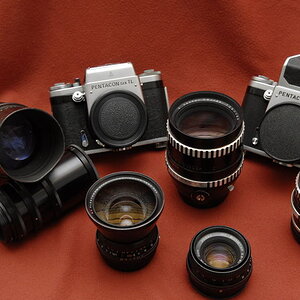
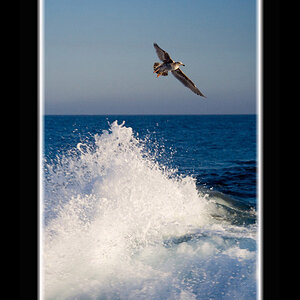

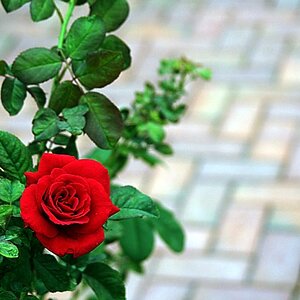

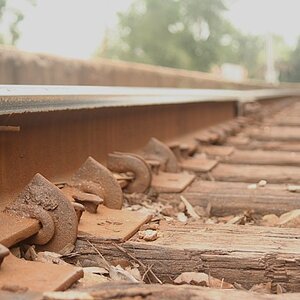
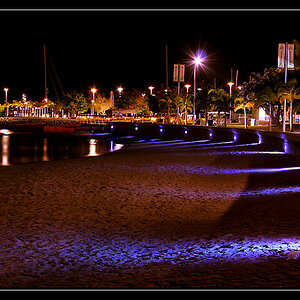
![[No title]](/data/xfmg/thumbnail/37/37605-90c8efaef5b7d1f52d4bf8e7dfd33673.jpg?1619738148)
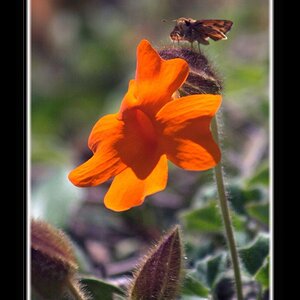
![[No title]](/data/xfmg/thumbnail/42/42020-6dbbc2fb244014aa89adfe2ccf067af7.jpg?1619739979)

